JCT
The Joint Contracts Tribunal (JCT) was formed by the Royal Institute of British Architects (RIBA) in 1931 when the first JCT standard form of building contract was issued (although the forms were not referred to as ‘JCT’ until 1977). JCT became a Limited Company in 1998.
It now produces a range of standard forms of contract for the construction of buildings accompanied by guidance notes and other standard forms of documentation, such as:
- Consultant agreements.
- Sub-contracts.
- Sub-sub-contracts.
- Design agreements between an employer and a specialist designer.
- Forms of tender for main contractors, sub-contractors and sub-sub-contractors.
- Forms of contract for the supply of goods.
- Forms of bond.
- Collateral warranties.
The range of JCT construction contracts comprises:
- Standard Building Contract
- Intermediate Building Contract
- Minor Works Building Contract
- Major Project Construction Contract
- Design and Build Contract
- Management Building Contract
- Construction Management Contract
- JCT-CE Contract
- Measured Term Contract
- Prime Cost Building Contract
- Repair & Maintenance Contract
JCT has seven member organisations, each representing a different sector of the construction industry, and each of which nominates a director to the JCT Board:
- British Property Federation.
- Build UK Group Limited.
- Contractors Legal Grp Limited.
- Local Government Association.
- Royal Institute of British Architects.
- Royal Institution of Chartered Surveyors.
- Scottish Building Contract Committee Limited.
The JCT Council comprises 47 representatives who form the company’s five ‘Colleges’. It is these colleges that produce and amend the forms of contract:
- Employers, Clients and Local Authorities (British Property Federation, Local Government Association).
- Consultants (Royal Institute of British Architects, Royal Institution of Chartered Surveyors).
- Contractors (Contractors Legal Grp Limited).
- Specialists and Sub-contractors (National Specialist Contractors Council).
- Scottish Building Industry (Scottish Building Contract Committee Limited).
[edit] Related articles on Designing Buildings Wiki
- Appointing consultants.
- Articles of agreement.
- Building Information Modelling (BIM), Collaborative and Integrated Team Working.
- CLC urges inclusion of fluctuations provisions in contracts.
- Clear contracts during uncertain times.
- Collateral warranty.
- Construction contract.
- Core clause.
- CPC2013.
- FIDIC.
- Intermediate Building Contract.
- Key dates.
- Latham report.
- Levelling the playing field
- Minor works.
- Modifying clauses in standard forms of contract.
- Named specialist work.
- NEC3.
- Procurement route.
- Self build insurance.
- Standard Building Contract.
- Sub-contract.
Featured articles and news
CIOB student competitive construction challenge Ireland
Inspiring a new wave of Irish construction professionals.
Challenges of the net zero transition in Scotland
Skills shortage and ageing workforce hampering Scottish transition to net zero.
Private rental sector, living standards and fuel poverty
Report from the NRH in partnership with Impact on Urban Health.
.Cold chain condensing units market update
Tracking the evolution of commercial refrigeration unit markets.
Attending a conservation training course, personal account
The benefits of further learning for professsionals.
Restoring Alexander Pope's grotto
The only surviving part of his villa in Twickenham.
International Women's Day 8 March, 2025
Accelerating Action for For ALL Women and Girls: Rights. Equality. Empowerment.
Lack of construction careers advice threatens housing targets
CIOB warning on Government plans to accelerate housebuilding and development.
Shelter from the storm in Ukraine
Ukraine’s architects paving the path to recovery.
BSRIA market intelligence division key appointment
Lisa Wiltshire to lead rapidly growing Market Intelligence division.
A blueprint for construction’s sustainability efforts
Practical steps to achieve the United Nations Sustainable Development Goals.
Timber in Construction Roadmap
Ambitious plans from the Government to increase the use of timber in construction.
ECA digital series unveils road to net-zero.
Retrofit and Decarbonisation framework N9 launched
Aligned with LHCPG social value strategy and the Gold Standard.
Competence framework for sustainability
In the built environment launched by CIC and the Edge.
Institute of Roofing members welcomed into CIOB
IoR members transition to CIOB membership based on individual expertise and qualifications.
Join the Building Safety Linkedin group to stay up-to-date and join the debate.
Government responds to the final Grenfell Inquiry report
A with a brief summary with reactions to their response.













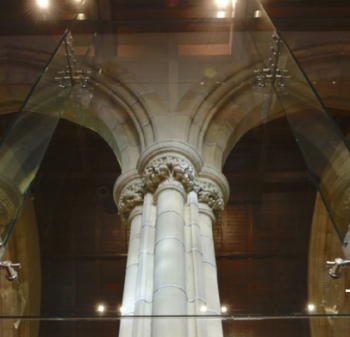
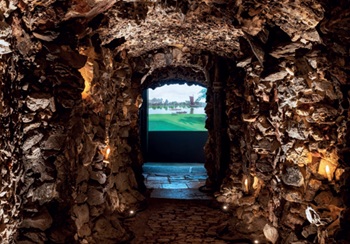





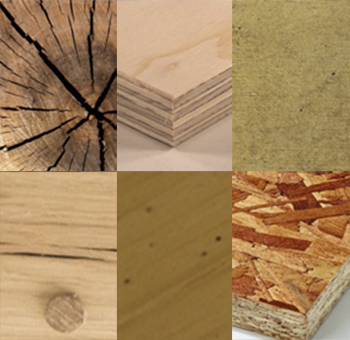


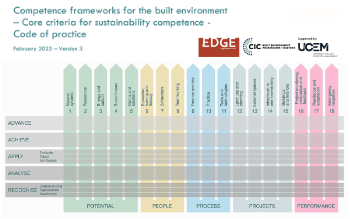

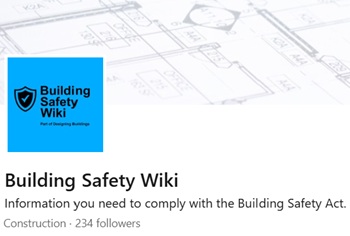
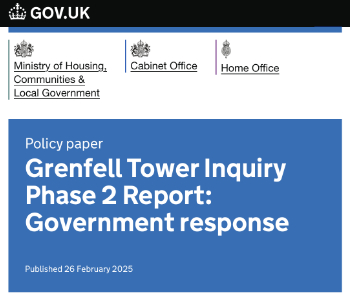
Comments
[edit] To make a comment about this article, click 'Add a comment' above. Separate your comments from any existing comments by inserting a horizontal line.